Observations of V1674 Hercules reveal a nova produced by the white dwarf star that dimmed in only one day. Additionally, the strange star wobbles every 501 seconds, producing flashes in visible and X-ray light. Plus, more results from the 240th meeting of the American Astronomical Society, a farewell to SOFIA, and What’s Up is the June solstice.
Podcast
Show Notes
ALMA maps Psyche ahead of mission
- MIT press release
- “The Heterogeneous Surface of Asteroid (16) Psyche,” Saverio Cambioni, Katherine de Kleer, and Michael Shepard, 2022 May 19, JGR Planets
Tarantula births stars in previously unknown places
- ESO image release
- “The 30 Doradus Molecular Cloud at 0.4 pc Resolution with the Atacama Large Millimeter/submillimeter Array: Physical Properties and the Boundedness of CO-emitting Structures,” Tony Wong et al., 2022 June 15, The Astrophysical Journal
Gemini Planet Imager captures dusty disks
- NOIRLab press release
- “Gemini-LIGHTS: Herbig Ae/Be and massive T-Tauri protoplanetary disks imaged with Gemini Planet Imager,” Evan A. Rich et al., to be published in The Astronomical Journal (preprint)
Quickly confirming new planetary system
- IAC press release
- MIT press release
- NASA press release
- ORIGINS press release
- “The HD 260655 system: Two rocky worlds transiting a bright M dwarf at 10 PC,” R. Luque et al., to be published in Astronomy & Astrophysics (preprint)
An (undead) star is born
- NRAO press release
The fastest nova wobbles
- ASU press release
- “V1674 Hercules: It is Blowing out a Wind,” C. E. Woodward, R. Mark Wagner, and Sumner Starrfield, 2022 June, Research Notes of the AAS
Saying goodbye to SOFIA
- USRA press release
What’s Up: The Solstice
- Lahaina Noon: When Shadows Disappear (Amusing Planet)
- Why is August the hottest month of the year? (The Weizmann Institute of Science)
Transcript
Hey, Pamela. Is the heat getting to you, yet?
Most definitely. Does your computer still hate it as well?
Yes. But we’ll manage. After all, this is what happens as we get to the summer solstice here in the northern hemisphere.
Right! That’s today’s What’s Up topic, isn’t it?
Yup.
And I’ve got all kinds of stories from the AAS meeting – planetary debris disks, exoplanets, weird stars…
All of this and more, right here on the Daily Space.
I am your host Dr. Pamela Gay.
And I am your host Erik Madaus.
And we’re here to put science in your brain.
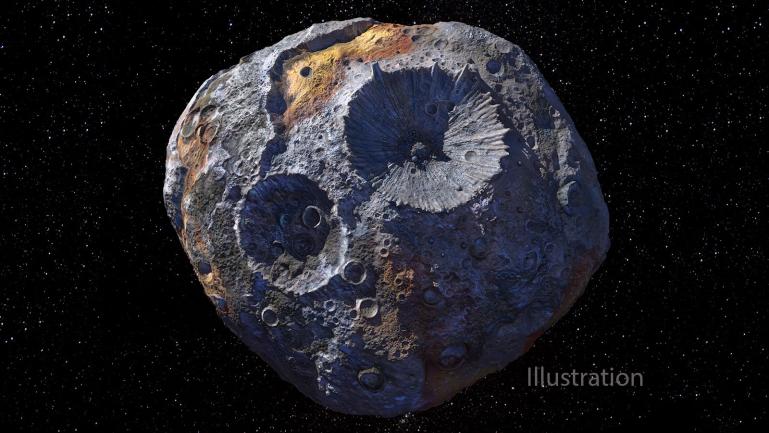
One of the exciting planetary science missions hopefully launching in 2022 is Psyche, which will visit the main-belt asteroid of the same name. The most recent part of the mission planning for the Psyche mission involved observations of the target with the Atacama Large Millimeter Array (ALMA).
The Array’s sixteen dishes can form a virtual antenna sixteen kilometers in diameter. This massive telescope can get images of 32 kilometers per pixel on Psyche, not bad for a 223-kilometer-diameter asteroid. These images were used to map the asteroid in significant detail. Instead of being all metallic, as previously thought, Psyche has regions of metal and regions of rock. Some of the craters may be filled with metal, which suggests that lavas erupted from the asteroid while it was still molten.
These results make the Psyche mission only more interesting. The work was published in the Journal Geophysical Research: Planets with lead author Saverio Cambioni.

The Tarantula nebula shines bright in the Southern Hemisphere with the light of some of the youngest and most massive stars we can see. The enormous energy from these stars pushes out on the surrounding nebula, sculpting it into a shape that looks decidedly spider-like in a backyard telescope.
New infrared and millimeter images of this system, taken with ESO’s Very Large Telescope and ALMA, however, reveal more of an axolotl-like shape, and in the frills of light, researchers find evidence that while the massive stars are mostly blasting apart their surroundings, gravity has still been able to pull together tendrils of material that can form stars. These new and spectacular data sets show that even in the face of adversity – by which I mean massive stars behaving poorly – smaller stars will find a way to build new solar systems.
Of course, looking for planets around massive stars tends to be an easier feat than finding them around smaller stars. There is a lot more light to illuminate planets and the dusty disks that form them, and if you’re using the transit method of detection like Kepler and TESS, you have a better chance of catching dips in the light curves.
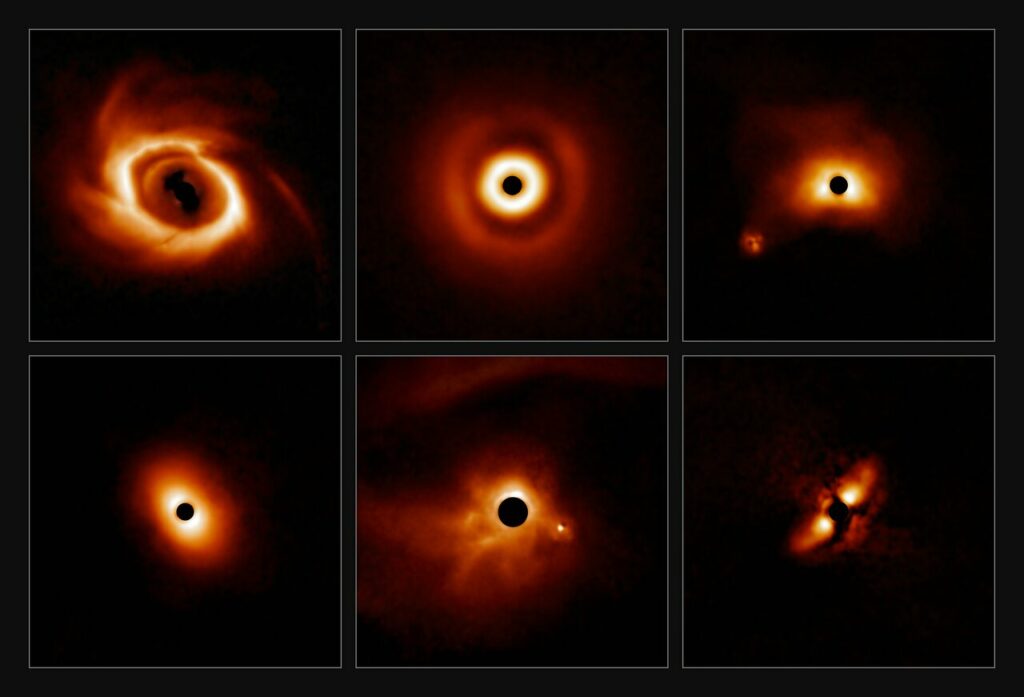
To that end, a new survey performed using the Gemini Planet Imager has imaged 44 young, massive stars searching for those debris disks. The results, presented at this week’s American Astronomical Society (AAS) meeting and to be published in The Astrophysical Journal, show that stars up to three times the mass of the Sun tend toward having debris disks. Meanwhile, stars larger than three times the mass of the Sun do not have these disks. This difference suggests that there is a cutoff between two separate planetary formation methods.
Oh, and that survey is called Gemini-LIGHTS or Gemini-Large Imaging with GPI Herbig/T-Tauri. Astronomers. What can you do?
Also presented at this week’s American Astronomical Society (AAS) meeting was the finding of a new multiplanet system just 33 light-years from Earth. Of course, we only tell you about new planetary confirmations if there is something interesting, and in this instance, it’s not the system itself but the confirmation method used that got our attention.
Observed with NASA’s TESS telescope, researchers found possible candidate exoplanets around a cool M-dwarf star cataloged as HD 260655. Normally, the pipeline for confirming exoplanets takes several years and further observations using other telescopes. However, postdoc Michelle Kunimoto decided to comb through already completed observations done at the Keck Observatory and the Calar Alto Observatory.
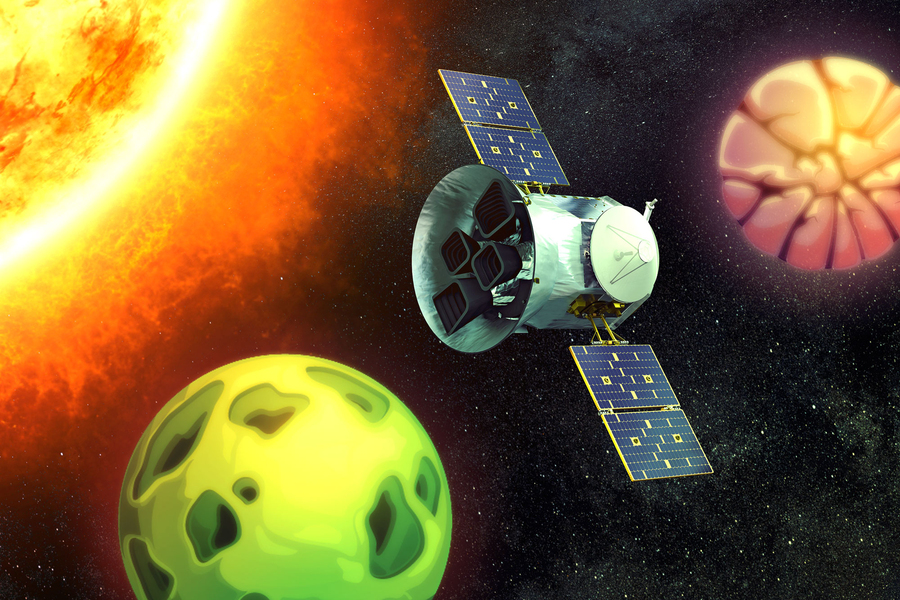
Keck’s instrument HIRES had been monitoring the star since 1998, and with access granted to data sets by both observatories, the confirmation of two planets in orbit around HD 260655 took only six months. The inner planet is 1.2 times the size of Earth and orbits every 2.8 days; the outer planet is 1.5 times the size of Earth and orbits every 5.7 days.
Both planets are roasting due to their proximity to their parent star, but their nearness to our system makes them excellent candidates for follow-up observations with JWST.
Coming up next, strange stars and a farewell to a favorite mission.
We are starting to reach the point in astronomy where we can pretty readily identify major changes in the sky in many different colors of light. The results aren’t always great – data wasn’t as sensitive to faint objects and wasn’t as high a resolution – but that older data is generally good enough to say, “Hey, there is something new here.”
And sometimes those new things are the first of their kind to ever be identified.
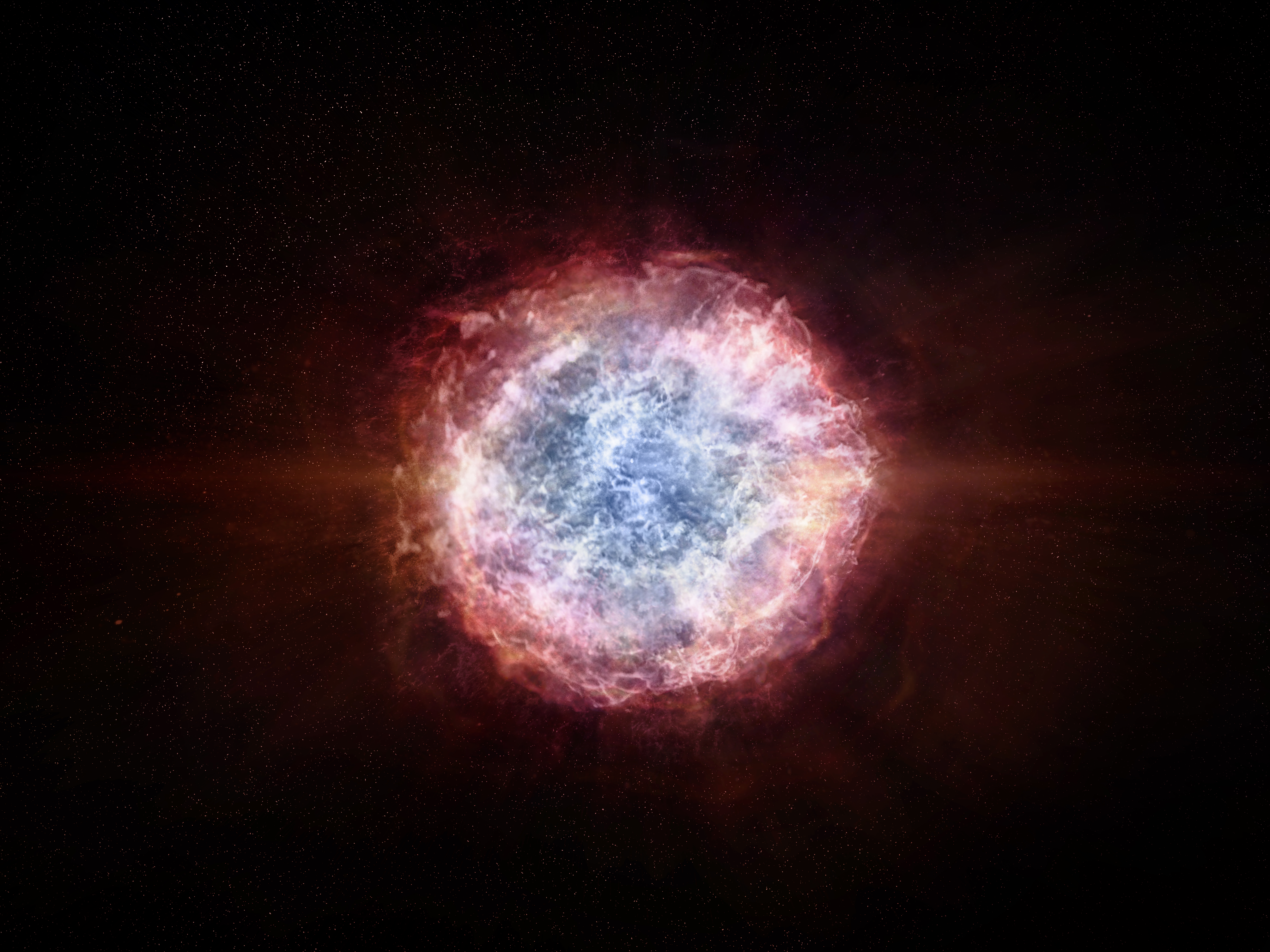
For decades, the Very Large Array of telescopes in New Mexico has been scanning large regions of the sky, mapping radio sources and identifying everything from actively feeding black holes, to regions of furious star formation. I used the FIRST survey as part of my research many moons ago, and today’s researchers are able to use a new VLA Sky Survey named VLASS to see things even better.
Since 2018, VLASS has been doing roughly yearly measurements designed specifically to look for things that change, and in year one of its efforts, it found a flashing point that hasn’t been seen before. This object, cataloged as VT 1137-0337, is located in a dwarf galaxy 395 million light years away. This system is undergoing radical star formation and is the kind of place we can expect to see supernovae and the results of recent supernovae.
Based on these three facts – the object is new, it is flashing in the distinctive way of a rapidly rotating pulsar, and it is in a star-bursting galaxy – researchers believe we are seeing a newly formed pulsar emerging from the nebula it formed within. Pulsars are created when massive stars run out of nuclear fuel in their core and collapse under their own gravity. The outer layers of the star will end up igniting and exploding back out creating the light and eventual nebula of a supernova. The core, however, just collapses under its own mass, and gravity will actually crush the core so much that protons and electrons combine into neutrons. The ball of neutrons will rotate exceedingly fast, and if it has a powerful magnetic field, it will flash with each rotation. Initially, this pulsar will be completely hidden behind the material that was once the outer layers of the star, but over time it can thin out its surroundings as it forms what is called a pulsar wind nebulae.
We know all these details from seeing supernovae and seeing pulsars that have been around a while and then running the maths to see how things must evolve to get from one stage to the next. This object may fill in the gap in our observations. According to researcher Gregg Hallinan: Based on its characteristics, this is a very young pulsar — possibly as young as only 14 years, but no older than 60 to 80 years.
While not this young, the 1,032-year-old Crab Nebula still has a – for astronomy – young pulsar in its core. A comparison of these two objects indicates that VT 1137-0337 isn’t just younger, it’s also more powerful. According to led researcher Dillon Dong: The object we have found appears to be approximately 10,000 times more energetic than the Crab, with a stronger magnetic field. It likely is an emerging ‘super Crab’.
Alternatively, it might be an even more rare object – a magnetar – a kind of neutron star with an exceedingly powerful magnetic field that can emit radio bursts that can be seen at massive distances. Dong goes on to say: In that case, this would be the first magnetar caught in the act of appearing, and that, too, is extremely exciting. Our discovery of a very similar source switching on suggests that the radio sources associated with FRBs also may be luminous pulsar wind nebulae.
These observations show us that we can never say we are done looking at the sky. New things are always being born, dying, and sometimes creating stellar remnants. We look forward to seeing how the object evolved over the coming years and decades as the universe gives us a chance to see an undead star being born.
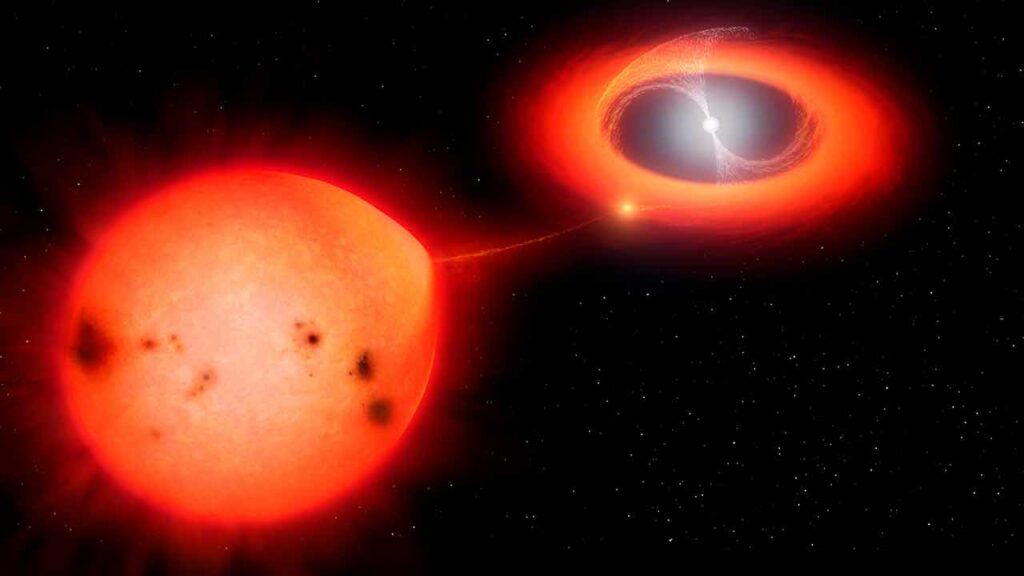
This week we have seen a never-ending stream of science from the American Astronomical Society (AAS) meeting. One of the things I love most about the meeting is researchers will present their early results, saying, “Hey, we found this thing and we’re still figuring it out.” For science, this is kind of like a movie trailer. We know something exciting is coming, but we have no idea what the plot twists will turn out to be. My favorite result of this kind so far is the announcement that the binary system V1674 Herculis not only had the fastest nova explosion to date, but it also has this weird wobble in its brightness.
Back in 2021, amateur astronomer Seidji Ueda reported that this system with a white dwarf and a regular star flared up in brightness. A day later, the flare was gone. This kind of a nova can occur over and over as the white dwarf steals material from its companion and that material gets dense enough to explode. Normally, these novae flare up for many days, and the prior fastest event observed was two to three days in duration. To see an event that is only a day long made astronomers sit up and point their telescopes.
Follow-up observations presented by Sumner Starrfield at AAS point out that in addition to being weirdly brief, this nova’s light also revealed an oscillation in brightness across wildly different colors of light .. an oscillation that can’t yet be explained! Every 501 seconds, the star gives off both visible and X-ray light waves.
Now, researchers have to figure out what caused this wild explosion and is making the system ring like a bell. It is super weird, and I for one look forward to the CSI: Astronomy that is about to take place.

Before we move on to our What’s Up segment this week, we’d like to take a brief look back at a mission that is coming to a close – SOFIA, the Stratospheric Observatory for Infrared Astronomy. This amazing observatory consists of a 2.7-meter reflecting telescope mounted inside a repurposed Boeing 747SP aircraft. The plane flies up between 38,000 and 45,000 feet to keep the infrared telescope above about 99 percent of the water in our atmosphere, reducing interference where ground-based telescopes cannot.
SOFIA became fully operational back in 2014, running numerous 10-hour observation flights from California, New Zealand, and Germany to look at everything from transient events such as eclipses and occultation as well as nebulae, black holes, and magnetic fields. We’ve covered many of their science results here on Daily Space and interviewed several lead authors.
Notably, data collected by SOFIA was used to find water on the Moon, measure atomic oxygen in Earth’s atmosphere, determine how magnetic fields control star formation, and study the composition of the interstellar medium. And that’s just a brief selection of results over the course of eight years, including a five-year primary mission and the current three-year extended mission wrapping up this summer.
On top of these scientific accomplishments, SOFIA has hosted hundreds of teachers on their research flights with their Airborne Astronomy Ambassadors program, providing those education professionals with hands-on experience and training that they could take back to their classrooms.
While we are sad to see the end of SOFIA’s mission at the end of September this year, we are pleased to have been able to cover all of that amazing science. SOFIA has one last scheduled observing run out of New Zealand, and we expect the science results will be amazing, as always.
We’ll have a link to USRA’s statement about the end of the SOFIA mission that includes links to many of the scientific results from the past eight years. We hope you find them as interesting as we did.
Ad Astra, SOFIA.
And now it’s time to celebrate the solstice in our What’s Up segment.
What’s Up
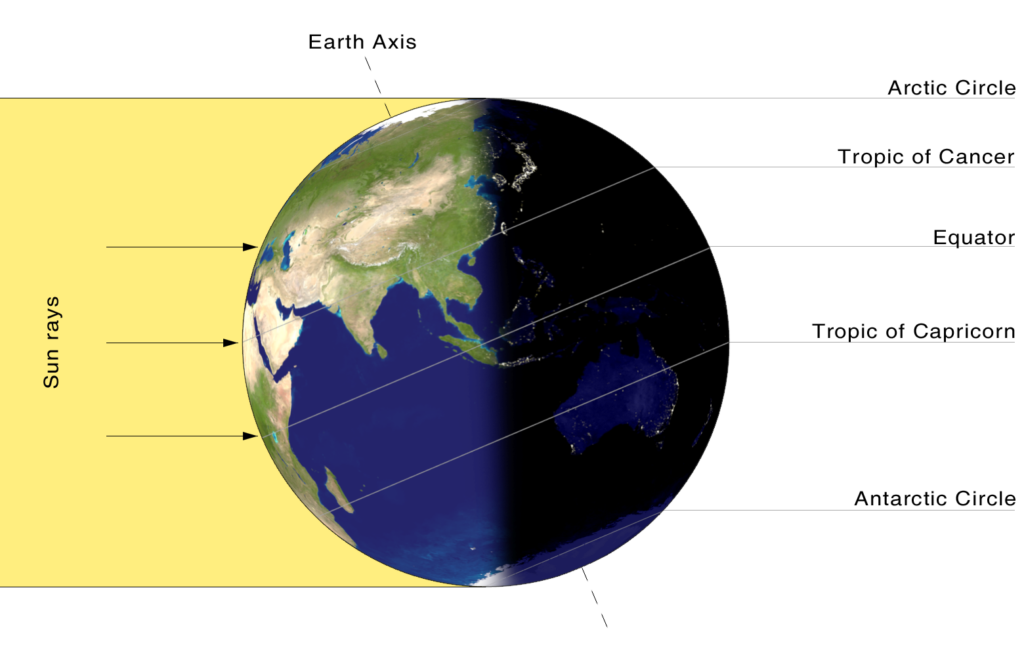
This week in What’s Up is a reminder that the solstice is next week on June 21 and officially marks the beginning of summer here in the Northern Hemisphere. Throughout history, this time has been marked by festivals of different sorts, though some cultures considered the summer solstice the middle of summer, rather than the beginning of summer as it is in modern calendars.
The solstice means that the Sun will evenly illuminate both sides of the Earth, making day and night the same length. Another interesting phenomenon you can see with the unaided eye are objects not casting a shadow because the Sun is directly overhead. The furthest north this can happen is the Tropic of Cancer, 23.5 degrees north latitude, and it happens around the Summer Solstice in the Northern Hemisphere. Similarly, the farthest south it can happen is the Tropic of Capricorn at 23.5 degrees south when it happens on the Southern Hemisphere’s Summer Solstice six months later. The only place in the U.S. where this latter phenomenon is visible is in Hawaii, which is between the Tropics of Cancer and Capricorn.
Summer officially starts at the summer solstice, and this year, that means June 21 at 09:13 UTC, or 5:15 am Eastern. This seasonal change also means that days will start getting shorter and nights longer, finally. The Sun still being up at 20:00 local time just feels wrong on some level to some people, including me. Maybe that’s why I seem geared to a 2 am to10 am sleep schedule, unlike most other people I know.
Plus, that darn day star interferes with the darkness necessary to see various astronomical objects such as the planets, though you can see Venus during the day if you know exactly where to look and you’re very lucky. Speaking of the planets, they are getting higher and higher earlier and earlier in the evening, so they will be easier to see at a more reasonable hour soon. Not everyone has the ability to stay up late waiting for them to be high enough in the sky.
Sometimes all you can do is take a quick peek just before bed, and that’s fine. If you’re going to look at them through your telescope, you should try to set it up outside for a while before you start observing, to allow the temperature differential between the telescope and the outside air to equalize otherwise air currents in the telescope’s tube may degrade the views somewhat. This effect is more pronounced in closed tube telescopes with large optics, such as Maksutov Cassegrains, and less of an issue with other telescopes, such as truss tube Dobsonians.
But I think I’m getting away from the point of this segment. Circling back to the heat of summer.
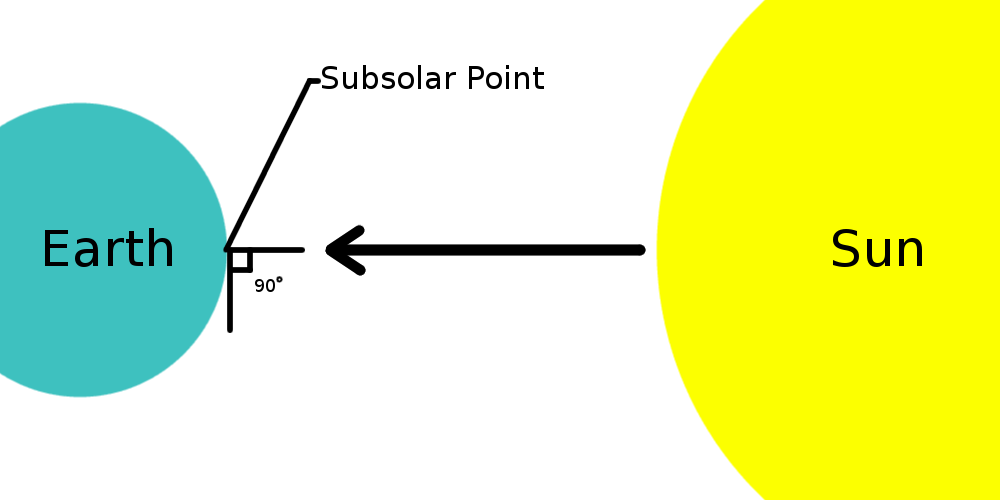
You might think that the solstice would be the hottest time of the year. However, the hottest time of the year in the northern hemisphere usually isn’t until late July or early August for a variety of reasons. The main reason is that it takes time for the Earth’s land and oceans to absorb all of that extra heat, reach maximum absorption capacity, and start radiating heat back out. This is called the lag of seasons.
Another reason July and August are usually hotter is the precipitation or lack thereof. Precipitation, which is generally accompanied by wind, can cool the air and lower the overall temperature. June tends to see more rain than July and August, meaning it tends to be cooler than later in the summer. I wrote much of this segment during a small thunderstorm where I live, which was both nice to listen to and caused a much-appreciated drop in temperature.
One more event to look forward to is the impressive planetary alignment in the early morning of June 24. Jupiter, Saturn, Mercury, Venus, and Mars, as well as the Moon, will all be visible in one arc across the early morning sky. We talked about this last week, but it’s worth reminding you so you don’t miss it. The alignment only happens once every eighteen years or so.
I hope you take time out of your evening, however hot it may be, to look up and enjoy the night sky.
This has been the Daily Space.
You can find more information on all our stories, including images, at DailySpace.org. As always, we’re here thanks to the donations of people like you. If you like our content, please consider joining our Patreon at Patreon.com/CosmoQuestX.
Credits
Written by Pamela Gay, Beth Johnson, Erik Madaus, and Gordon Dewis
Hosted by Pamela Gay, Beth Johnson, and Erik Madaus
Audio and Video Editing by Ally Pelphrey
Content Editing by Beth Johnson
Intro and Outro music by Kevin MacLeod, https://incompetech.com/music/


 We record most shows live, on Twitch. Follow us today to get alerts when we go live.
We record most shows live, on Twitch. Follow us today to get alerts when we go live.